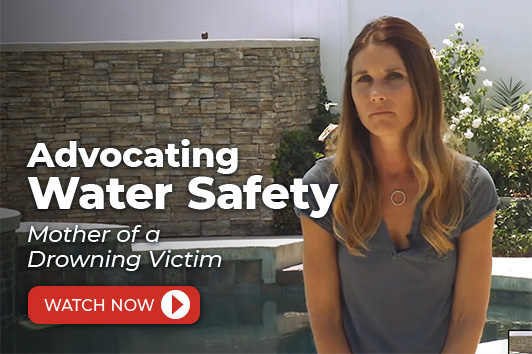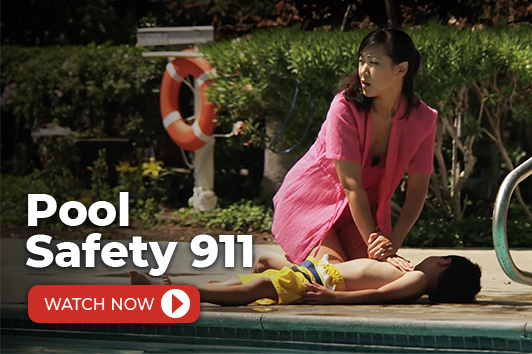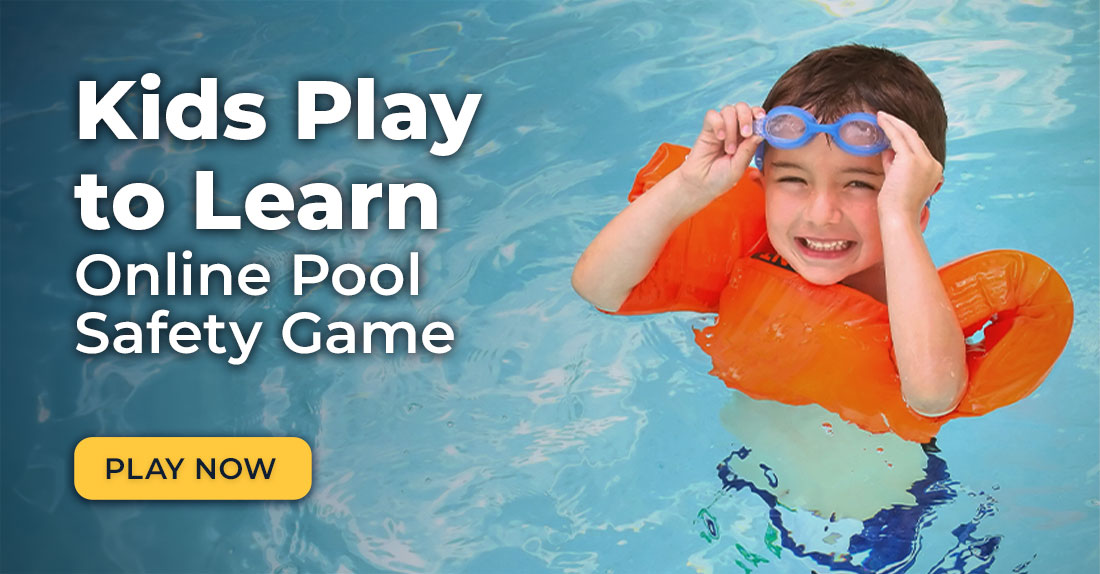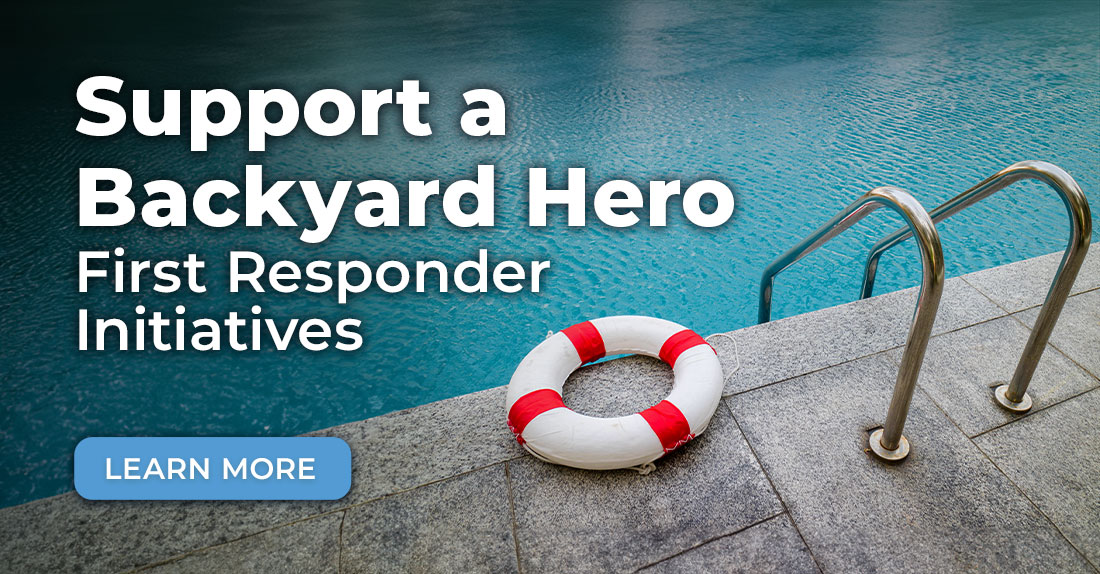Pool Safety 911
for Parents
On this page, you will find focused and relevant information and resources that will potentially save a child’s life.

1
Talk About Water Safety with Children
We need to help young children understand that water can be just as dangerous as moving traffic in the street. The more we talk about swimming pool and open water safety, the easier it becomes for children to make smarter decisions.
2
Insist on Pool Watchers
Wear a “Pool Watcher Badge” and take accountability for being the parent on duty when children are in the pool. Taking the approach that ‘everyone is watching’ really means ‘no one is responsible’. Check out our Pool Watcher Program and let us send you a Badge & Lanyard for free.
3
Learn What the Signs of Drowning Look Like
Take the time to know what a child in distress looks like. Children drown silently and quickly, often when they are vertical in the water with their heads tipped back. Unlike what you see in movies – a child rarely splashes, flails their arms or yells for help.
4
Put Your Cell Phone Away
Children can silently slip beneath the surface and drown in seconds, in less time than it takes post on Instagram. That said, you should keep your phone fully charged and within reach in case of an emergency.
5
Make Swim Lessons a Health Care Priority
The goal with young children is to make them comfortable in the water. Recognized swim programs integrate the fundamentals of survival techniques, water safety, and swimmer confidence.
6
Learn CPR
Instead of waiting for emergency responders – having CPR Certification means you can make the difference between life and death in drowning cases, or anytime a person’s heart stops.
7
Don’t Rely on Floating Devices
Floating devices such as water wings, noodles, inner tubes, and floaties are never a substitute for a dedicated Pool Watcher. In fact, children often feel more confident with floating devices, which can increase the risk of accidents or drowning.









